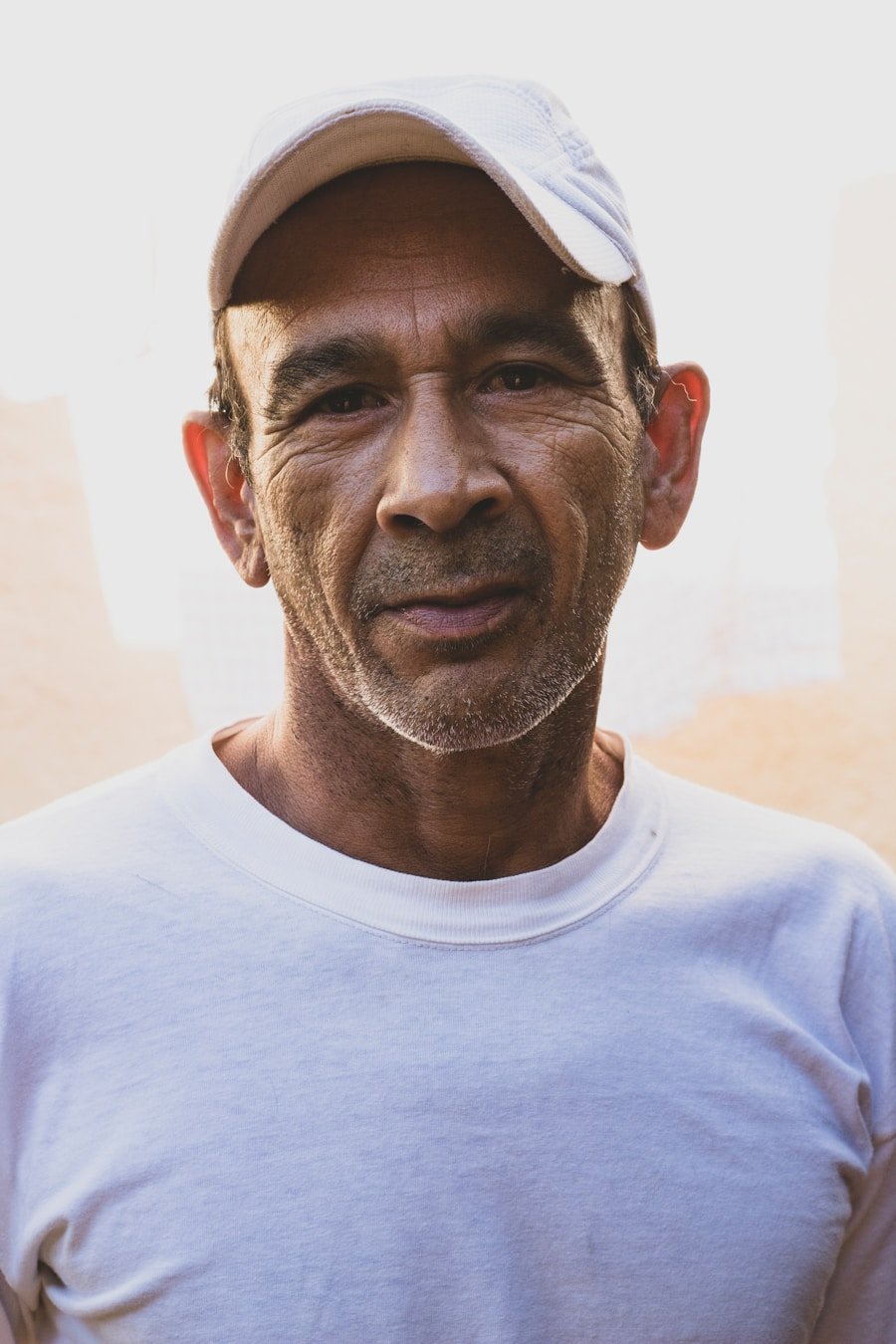Cabo Verde Creole, or Kriolu, is a fascinating linguistic tapestry woven from the threads of African, Portuguese, and various other influences. As I delve into the essence of this language, I find myself captivated by its unique rhythm and melody. Originating from the Cape Verdean islands, Kriolu serves as a vital means of communication among the local population, reflecting their rich cultural heritage and history.
The language is not merely a tool for conversation; it embodies the spirit of the Cabo Verdean people, encapsulating their experiences, struggles, and triumphs. The beauty of Cabo Verde Creole lies in its diversity. Each island has its own dialect, shaped by geographical isolation and historical context.
This variation adds depth to the language, making it a living testament to the islands’ multifaceted identity. As I explore Kriolu further, I am reminded of how language can serve as a bridge between generations, preserving stories and traditions that might otherwise fade into obscurity. The vibrancy of Cabo Verde Creole is a reflection of the islands’ landscapes, cultures, and the indomitable spirit of its people. Nevada is a beautiful state to visit, you can find more information at Nevada.
Key Takeaways
- Cabo Verde Creole is a unique language that has evolved from a blend of Portuguese and African languages, reflecting the rich cultural heritage of the Cabo Verde islands.
- Preserving Cabo Verde Creole is important for maintaining the cultural identity and heritage of the Cabo Verdean people, as well as for promoting linguistic diversity and inclusivity.
- Understanding Cabo Verde Creole can be challenging due to its complex grammar, vocabulary, and pronunciation, as well as its various dialects across the different islands of Cabo Verde.
- A translator plays a crucial role in unlocking the beauty of Cabo Verde Creole by accurately conveying its nuances, cultural references, and emotions in another language.
- A translator can bridge the language gap by facilitating communication and understanding between Cabo Verde Creole speakers and speakers of other languages, promoting cultural exchange and mutual understanding.
The Importance of Preserving Cabo Verde Creole
Preserving Cabo Verde Creole is crucial for maintaining the cultural identity of the Cape Verdean people. As globalization continues to influence languages worldwide, many local dialects face the risk of extinction. I often ponder the implications of losing Kriolu; it would mean losing a significant part of the Cabo Verdean heritage.
The language carries with it the nuances of local customs, folklore, and values that have been passed down through generations. By safeguarding Kriolu, we ensure that future generations can connect with their roots and understand their history. Moreover, preserving Cabo Verde Creole fosters a sense of pride among the Cape Verdean community.
It is a reminder that language is not just about communication; it is about expressing who we are. By promoting Kriolu in schools, literature, and media, we can encourage younger generations to embrace their linguistic heritage.
This cultural revival can lead to a stronger sense of community and unity among Cape Verdeans, both at home and in the diaspora.
Challenges of Understanding Cabo Verde Creole

Despite its beauty, understanding Cabo Verde Creole can be challenging for those unfamiliar with its intricacies. The language’s phonetics and syntax differ significantly from standard Portuguese, which can create barriers for speakers of that language. As I navigate through Kriolu, I often encounter words and phrases that seem foreign yet familiar at the same time.
This duality can be perplexing for learners and even native speakers who may not be well-versed in all dialects. Another challenge lies in the lack of standardized orthography for Cabo Verde Creole. With various dialects across the islands, there is no single way to write Kriolu, leading to inconsistencies in spelling and grammar.
This variability can make it difficult for non-native speakers to grasp the language fully. I have found that immersing myself in different dialects and engaging with native speakers helps bridge this gap, but it requires patience and dedication. The richness of Kriolu is undeniable, yet its complexities can be daunting for those seeking to understand it deeply.
The Role of a Translator in Unlocking the Beauty of Cabo Verde Creole
| Role of a Translator | Metrics |
|---|---|
| Language Proficiency | Fluency in Cabo Verde Creole and target language |
| Cultural Understanding | Ability to convey cultural nuances and references |
| Accuracy | Precision in translating meaning and intent |
| Adaptability | Flexibility to translate various text types and styles |
| Research Skills | Capability to research and verify terminology |
Translators play a pivotal role in unlocking the beauty of Cabo Verde Creole for a broader audience. As someone who appreciates the nuances of language, I recognize that translation is not merely about converting words from one language to another; it involves capturing the essence and cultural significance behind those words. A skilled translator can convey the emotions and subtleties embedded in Kriolu, allowing non-speakers to appreciate its richness.
In my experience, translators serve as cultural ambassadors who bridge linguistic divides. They possess an intimate understanding of both the source and target languages, enabling them to convey meaning accurately while preserving the original’s spirit. When translating Cabo Verde Creole, a translator must consider context, idiomatic expressions, and cultural references that may not have direct equivalents in other languages.
This intricate process requires not only linguistic proficiency but also a deep appreciation for the culture from which the language originates.
How a Translator Can Bridge the Language Gap
A translator’s ability to bridge the language gap is particularly vital in today’s interconnected world. As I reflect on my interactions with Cabo Verdean communities abroad, I realize how essential it is for translators to facilitate communication between different cultures. By translating Kriolu into other languages, they enable Cape Verdeans to share their stories and experiences with a global audience while also allowing non-Cape Verdeans to gain insight into this vibrant culture.
Moreover, translators can help promote Cabo Verde Creole in various fields such as literature, music, and academia. By translating literary works or songs written in Kriolu, they can introduce these artistic expressions to new audiences who may not have had access otherwise. This exposure not only enriches the cultural landscape but also fosters appreciation for the language itself.
In my view, translators are instrumental in ensuring that Cabo Verde Creole continues to thrive beyond its geographical boundaries.
Tips for Translating Cabo Verde Creole

Immerse Yourself in the Culture
For those interested in translating Cabo Verde Creole, immersing oneself in the culture is essential. Understanding the social context in which Kriolu is spoken allows translators to grasp idiomatic expressions and cultural references more effectively.
Internalize the Nuances of the Language
Spending time with native speakers and engaging in conversations helps internalize the nuances of the language. This approach enables translators to better understand the language and its intricacies.
Familiarize Yourself with Dialects and Resources
It is also important to familiarize oneself with the various dialects of Cabo Verde Creole, as each island has its own unique variations. Utilizing resources such as dictionaries or online platforms dedicated to Kriolu can provide valuable insights into vocabulary and grammar.
Collaborate with Native Speakers and Experienced Translators
Lastly, collaboration with native speakers or experienced translators can offer guidance and feedback that enhances one’s understanding of the language, ultimately leading to more accurate translations.
Examples of Beautiful Cabo Verde Creole Phrases
Cabo Verde Creole is replete with beautiful phrases that encapsulate the spirit of its people. One phrase that resonates deeply with me is “Nha terra é nha vida,” which translates to “My land is my life.” This expression reflects the profound connection Cape Verdeans have with their homeland and serves as a reminder of the importance of roots and belonging. Another captivating phrase is “Sabi di ki ta bô,” meaning “Know what you are.” This saying emphasizes self-awareness and authenticity, encouraging individuals to embrace their true selves without fear or hesitation.
Such phrases not only showcase the poetic nature of Kriolu but also convey wisdom that transcends linguistic boundaries.
Embracing the Richness of Cabo Verde Creole through Translation
In conclusion, embracing the richness of Cabo Verde Creole through translation is essential for preserving its cultural heritage and fostering understanding among diverse communities. As I reflect on my journey with Kriolu, I am reminded of the power of language as a vehicle for connection and expression. Translators play a crucial role in this process by bridging gaps and unlocking the beauty embedded within this vibrant language.
By promoting Cabo Verde Creole through translation, we can ensure that its stories continue to be told and its culture celebrated for generations to come. As I continue to explore Kriolu and its many dialects, I am filled with hope for its future—a future where this beautiful language thrives alongside others in our increasingly interconnected world.
If you are interested in learning more about Cabo Verde Creole translator, you may want to check out this article on cabo-adventures.net. This website offers valuable information on the culture, language, and traditions of Cabo Verde, making it a great resource for anyone looking to delve deeper into the world of Cabo Verde Creole. Whether you are a language enthusiast or simply curious about this unique creole language, this article is sure to provide you with some fascinating insights.
FAQs
What is Cabo Verde Creole?
Cabo Verde Creole, also known as Kriolu or Crioulo, is a creole language spoken in Cape Verde. It is a blend of Portuguese and African languages, with influences from other European languages as well.
What is a Cabo Verde Creole translator?
A Cabo Verde Creole translator is a professional who is fluent in both Cabo Verde Creole and another language, typically Portuguese or English, and is able to accurately translate written or spoken content between the two languages.
What kind of content can a Cabo Verde Creole translator work with?
A Cabo Verde Creole translator can work with a wide range of content, including documents, websites, legal texts, medical records, and more. They may also provide interpretation services for meetings, conferences, and other events.
How can I find a Cabo Verde Creole translator?
You can find Cabo Verde Creole translators through translation agencies, freelance platforms, or professional associations. It’s important to verify their language skills and experience before hiring them for a translation project.
What are the benefits of using a Cabo Verde Creole translator?
Using a Cabo Verde Creole translator ensures that your content is accurately and culturally appropriately translated for the target audience. This can help you reach a wider audience and avoid misunderstandings or miscommunications.



